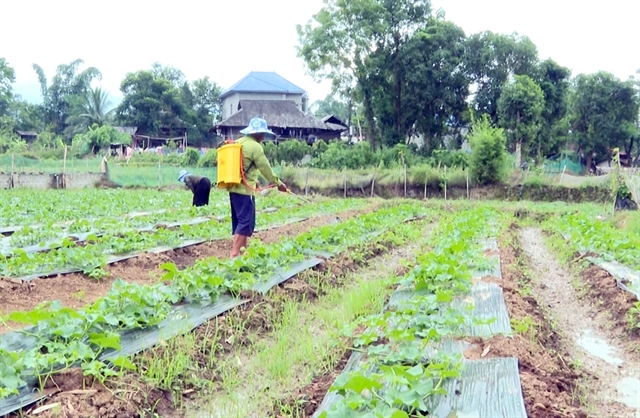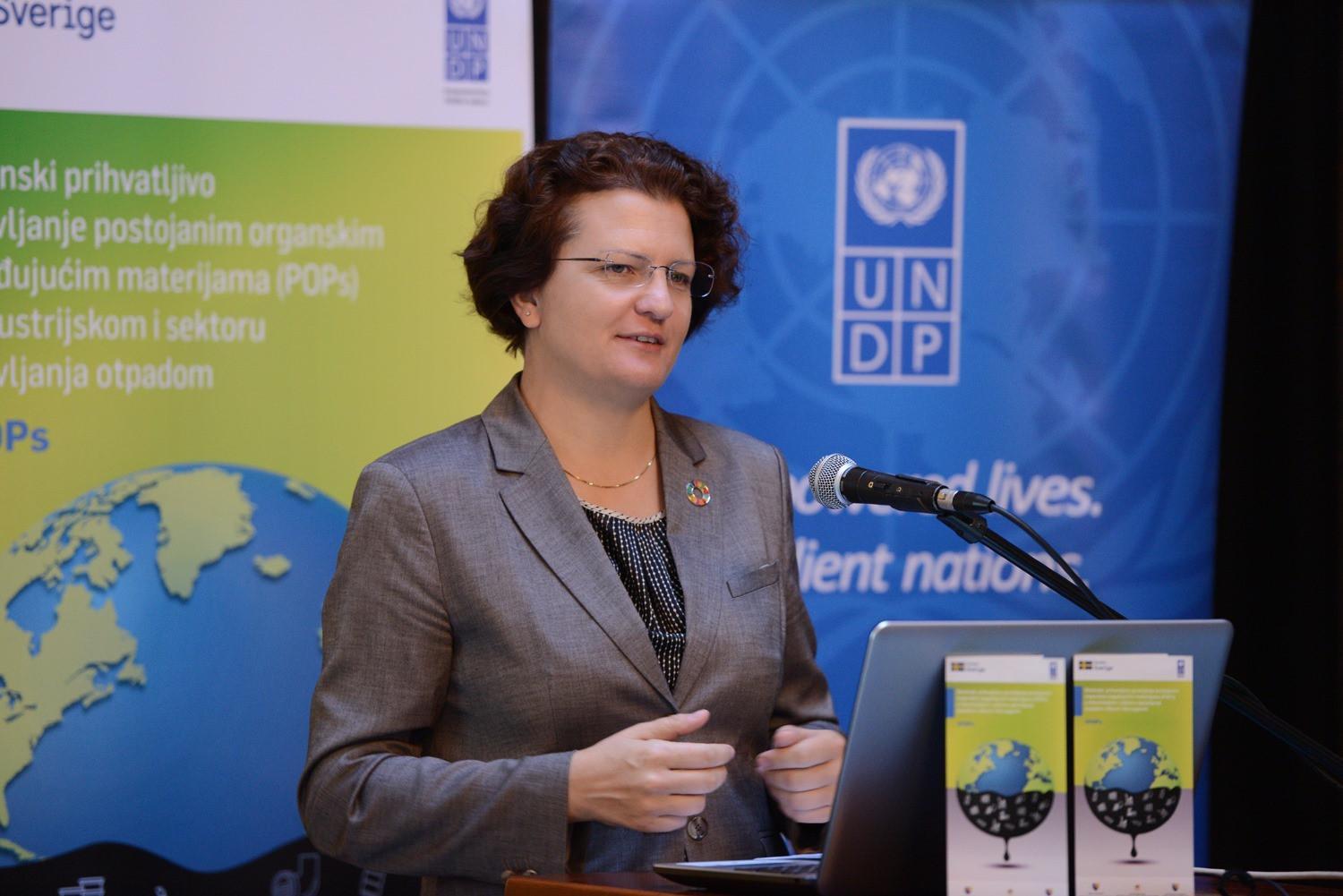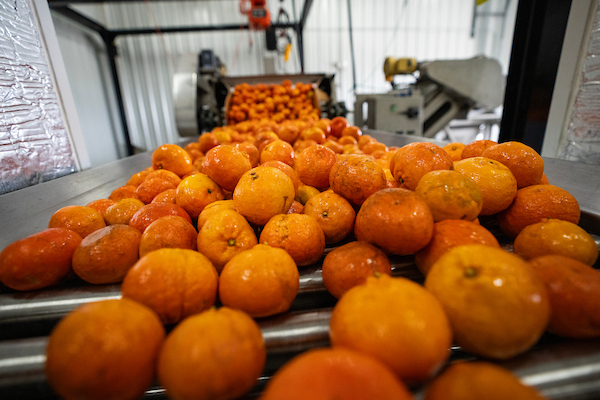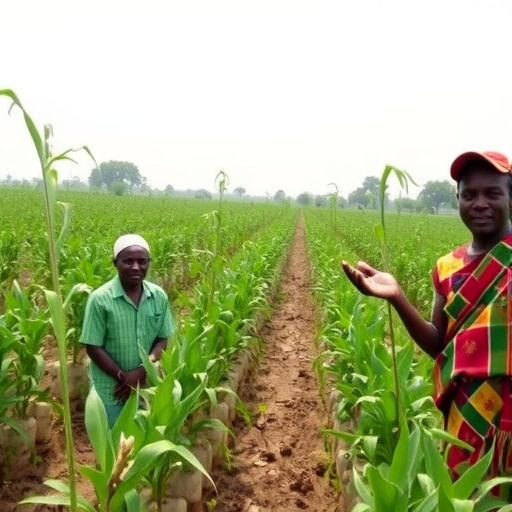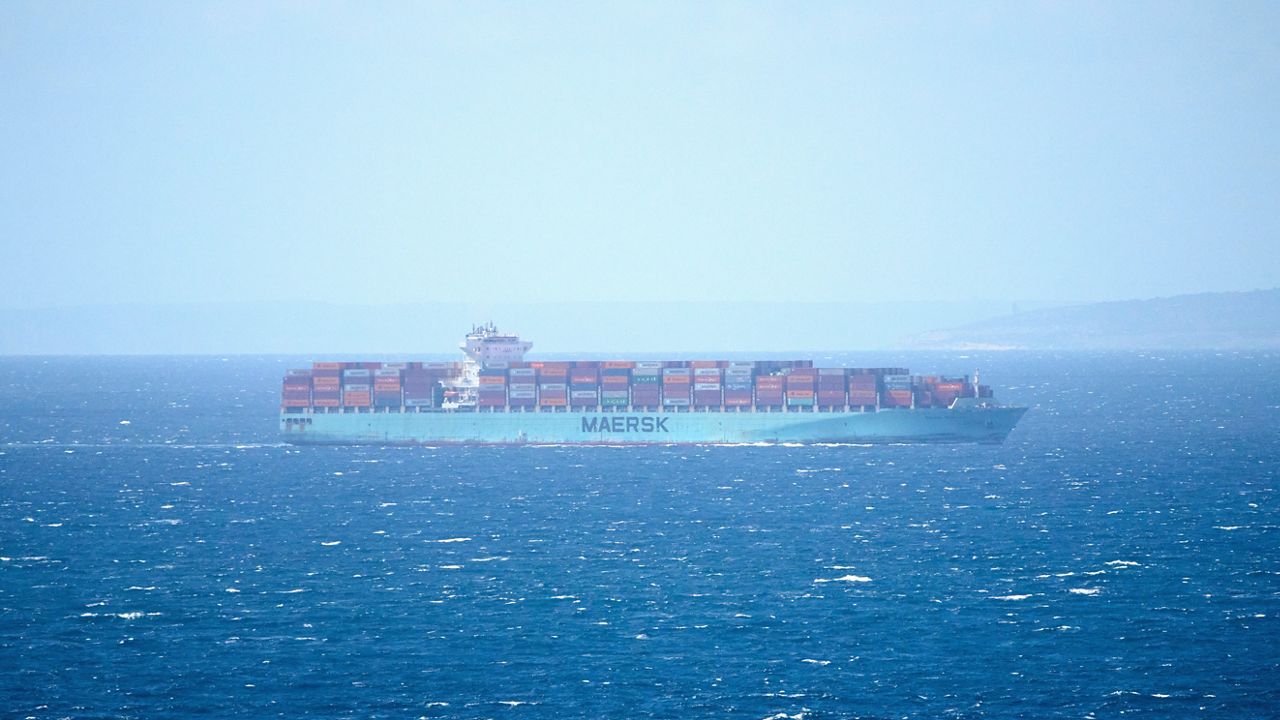Giant engages in “positive and constructive” discussions with USA following forced labour allegations – BikeRadar

Report on Giant Manufacturing Co.’s Labor Practices and Alignment with Sustainable Development Goals
1.0 Executive Summary
This report details the recent engagement between Giant Manufacturing Co. (Giant) and the U.S. Customs and Border Protection (CBP) concerning allegations of forced labor. The situation highlights critical challenges and corporate responses related to the United Nations Sustainable Development Goals (SDGs), particularly SDG 8 (Decent Work and Economic Growth), SDG 12 (Responsible Consumption and Production), and SDG 17 (Partnerships for the Goals). The report outlines the regulatory action taken by the CBP, Giant’s remedial measures, and the broader industry response aimed at improving human rights due diligence within the supply chain.
2.0 Background: Regulatory Action and SDG 8 Violations
In September, the U.S. CBP issued a Withhold Release Order (WRO) against bicycles and related parts manufactured by Giant in Taiwan. This action was based on an investigation that found evidence of forced labor, a practice directly contravening SDG Target 8.7, which calls for immediate and effective measures to eradicate forced labor, end modern slavery, and human trafficking.
- Allegation: The primary indicator of forced labor identified by the CBP was debt bondage.
- Cause: Investigations revealed that migrant employees at Giant had been charged high recruitment fees, leading them to incur significant debt at excessive interest rates to secure employment. This practice creates a state of debt bondage, undermining the principles of decent work as outlined in SDG 8.
3.0 Corporate Response and Corrective Actions
Following the WRO, Giant initiated dialogue with the CBP to address the allegations and demonstrate its commitment to upholding labor rights, in line with corporate responsibility under SDG 12. A delegation from Giant met with the CBP in Washington, D.C. for what was described as a “positive and constructive” meeting.
3.1 Remedial Measures for SDG Compliance
Giant has implemented several key actions to align its practices with SDG 8 and rectify the identified issues:
- Zero Recruitment Fee Policy: The company instituted a policy of zero recruitment fees for migrant workers, effective from the start of 2025.
- Worker Reimbursement: Giant committed to reimbursing current migrant workers hired before January 1, 2025, for previously paid recruitment expenses. An international third-party advisor has been engaged to develop a comprehensive compensation plan.
- Improved Worker Conditions: The company reported moving migrant workers into new dormitory facilities.
- Integration of Labor Rights: The CBP acknowledged Giant’s incorporation of labor rights into its corporate sustainability governance goals, a key component of responsible production (SDG 12).
4.0 Broader Industry Impact and Partnerships for the Goals (SDG 17)
The CBP’s action against Giant has catalyzed a wider industry movement towards enhanced human rights and sustainable supply chain governance, reflecting the principles of SDG 17 (Partnerships for the Goals).
- Taiwan Bicycle Association (TBA): The TBA announced an industry-wide initiative encouraging all suppliers to conduct supply chain due diligence with a specific focus on human rights and the prevention of forced labor. This collaborative effort aims to meet global expectations for Human Rights Due Diligence (HRDD).
- Peer Company Action: Competitor Merida also announced measures to improve its labor practices, including the implementation of a zero-fee recruitment policy, demonstrating a collective industry response to uphold standards consistent with the SDGs.
The CBP stated its objective is not to penalize Giant but to promote corporate improvement in labor and human rights governance through collaboration, underscoring the partnership approach central to achieving the SDGs.
1. Which SDGs are addressed or connected to the issues highlighted in the article?
The article highlights issues of forced labor, debt bondage, and human rights within the supply chain of the bicycle industry, which directly connects to several Sustainable Development Goals (SDGs). The primary goals addressed are those concerning labor rights, sustainable corporate practices, and the role of institutions and partnerships in enforcing these standards.
-
SDG 8: Decent Work and Economic Growth
This is the most central SDG to the article. The core issue revolves around the violation of decent work principles, specifically through allegations of “forced labour” and “debt bondage” experienced by migrant workers at Giant. The entire narrative—from the US Customs and Border Protection (CBP) investigation to Giant’s remedial actions—is focused on labor rights and working conditions.
-
SDG 12: Responsible Consumption and Production
The article touches upon the responsibility of corporations for their supply chains. The CBP’s action against Giant and the subsequent industry-wide response, including the Taiwan Bicycle Association’s initiative for “Human Rights Due Diligence (HRDD) and sustainable supply chain governance,” directly relate to ensuring sustainable production patterns where human rights are respected.
-
SDG 16: Peace, Justice and Strong Institutions
This goal is relevant through the actions of the US CBP, which acts as a strong institution enforcing laws against forced labor. The issuance of a “Withhold Release Order” is a clear institutional mechanism to combat illicit practices and uphold justice for exploited workers, demonstrating the role of government bodies in protecting human rights.
-
SDG 17: Partnerships for the Goals
The article illustrates a multi-stakeholder approach to addressing the problem. It describes the interaction between Giant (a private corporation), the CBP (a public institution), and the Taiwan Bicycle Association (an industry association). The “positive and constructive” meeting between Giant and the CBP exemplifies a public-private partnership aimed at resolving a complex sustainability issue.
2. What specific targets under those SDGs can be identified based on the article’s content?
Based on the specific issues discussed, several targets under the identified SDGs can be pinpointed:
-
SDG 8: Decent Work and Economic Growth
- Target 8.7: “Take immediate and effective measures to eradicate forced labour, end modern slavery and human trafficking…” The article’s entire focus on the CBP’s findings of “forced labour” and “debt bondage” directly aligns with the mission of this target. Giant’s subsequent actions are presented as measures to eradicate these practices from its operations.
- Target 8.8: “Protect labour rights and promote safe and secure working environments for all workers, including migrant workers…” The article specifically highlights the plight of “migrant employees” who paid “high recruitment fees,” leading to debt bondage. Giant’s commitment to “upholding human rights and labor protections” and its new policies for migrant workers directly address this target.
-
SDG 12: Responsible Consumption and Production
- Target 12.6: “Encourage companies, especially large and transnational companies, to adopt sustainable practices and to integrate sustainability information into their reporting cycle.” Giant, a large transnational company, is being pushed to improve its practices. The article notes that the CBP “recognized the company’s incorporation of labor rights into its corporate sustainability governance goals,” which is a direct reflection of this target. The industry-wide call for “sustainable supply chain governance” further reinforces this connection.
-
SDG 16: Peace, Justice and Strong Institutions
- Target 16.2: “End abuse, exploitation, trafficking and all forms of violence against and torture of children.” While not about children, this target’s principle of ending exploitation is central. Forced labor and debt bondage are forms of exploitation and abuse that the CBP’s actions aim to end.
-
SDG 17: Partnerships for the Goals
- Target 17.17: “Encourage and promote effective public, public-private and civil society partnerships…” The formal engagement between Giant (private sector) and the CBP (public sector) to resolve the import ban and improve labor practices is a clear example of a public-private partnership in action, as described in this target.
3. Are there any indicators mentioned or implied in the article that can be used to measure progress towards the identified targets?
Yes, the article mentions and implies several specific indicators that can be used to measure progress:
-
Indicators for SDG 8 (Targets 8.7 and 8.8)
- Prevalence of forced labor: The CBP’s investigation found “evidence of forced labour,” and one of the specific “forced labour indicators” it identified was “debt bondage.” The absence or reduction of such findings in future audits would be a key measure of progress.
- Recruitment fees paid by workers: The article explicitly states that migrant employees “had paid high recruitment fees.” A direct indicator of improvement is the implementation of a “zero recruitment fee policy,” which both Giant and Merida have adopted.
- Reimbursement of recruitment fees: Progress can be measured by Giant’s “comprehensive compensation plan to reimburse current migrant workers hired before January 1, 2025, for their previous recruitment expenses.” The successful completion of this reimbursement program is a tangible indicator.
-
Indicators for SDG 12 (Target 12.6)
- Adoption of corporate sustainability policies: An indicator is the number of companies that “incorporation of labor rights into its corporate sustainability governance goals,” as Giant has done.
- Implementation of supply chain due diligence: The Taiwan Bicycle Association’s initiative encouraging suppliers to “undertake supply chain due diligence, with a particular focus on human rights and forced labor” serves as an indicator of industry-wide adoption of sustainable practices.
-
Indicators for SDG 16 (Target 16.2)
- Enforcement actions against forced labor: The issuance of a “Withhold Release Order (WRO)” by the CBP is a quantifiable indicator of institutional action taken to combat labor exploitation.
-
Indicators for SDG 17 (Target 17.17)
- Number of public-private engagements: The “official meeting” held between the Giant delegation and the CBP is a specific instance of a partnership aimed at resolving sustainability issues. The frequency and outcomes of such meetings can be tracked as an indicator.
4. Table of SDGs, Targets, and Indicators
| SDGs | Targets | Indicators Identified in the Article |
|---|---|---|
| SDG 8: Decent Work and Economic Growth |
8.7: Eradicate forced labour, end modern slavery and human trafficking.
8.8: Protect labour rights and promote safe and secure working environments for all workers, including migrant workers. |
|
| SDG 12: Responsible Consumption and Production | 12.6: Encourage companies to adopt sustainable practices and integrate sustainability information into their reporting. |
|
| SDG 16: Peace, Justice and Strong Institutions | 16.2: End abuse, exploitation, trafficking and all forms of violence. |
|
| SDG 17: Partnerships for the Goals | 17.17: Encourage and promote effective public, public-private and civil society partnerships. |
|
Source: bikeradar.com
What is Your Reaction?
 Like
0
Like
0
 Dislike
0
Dislike
0
 Love
0
Love
0
 Funny
0
Funny
0
 Angry
0
Angry
0
 Sad
0
Sad
0
 Wow
0
Wow
0





















































